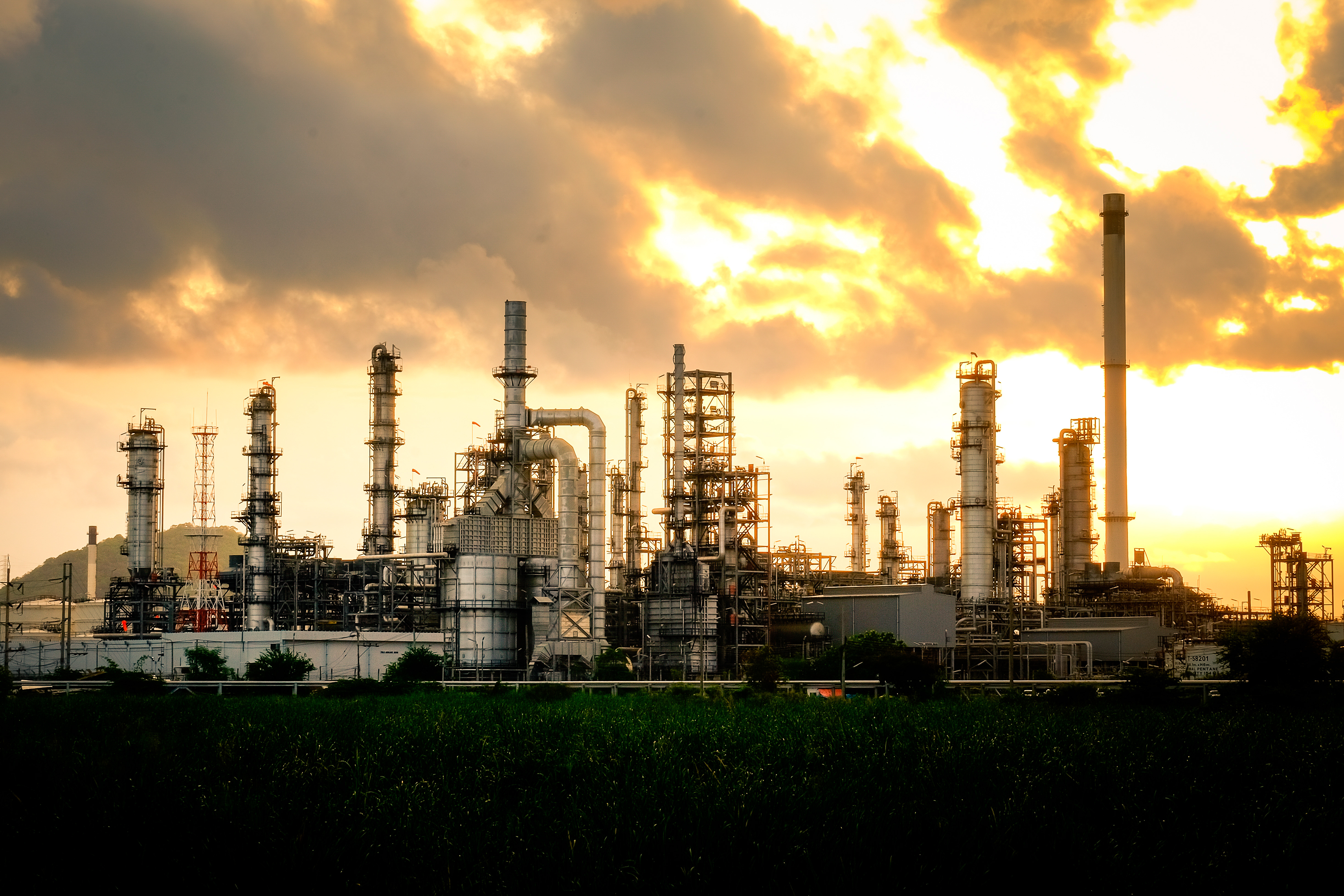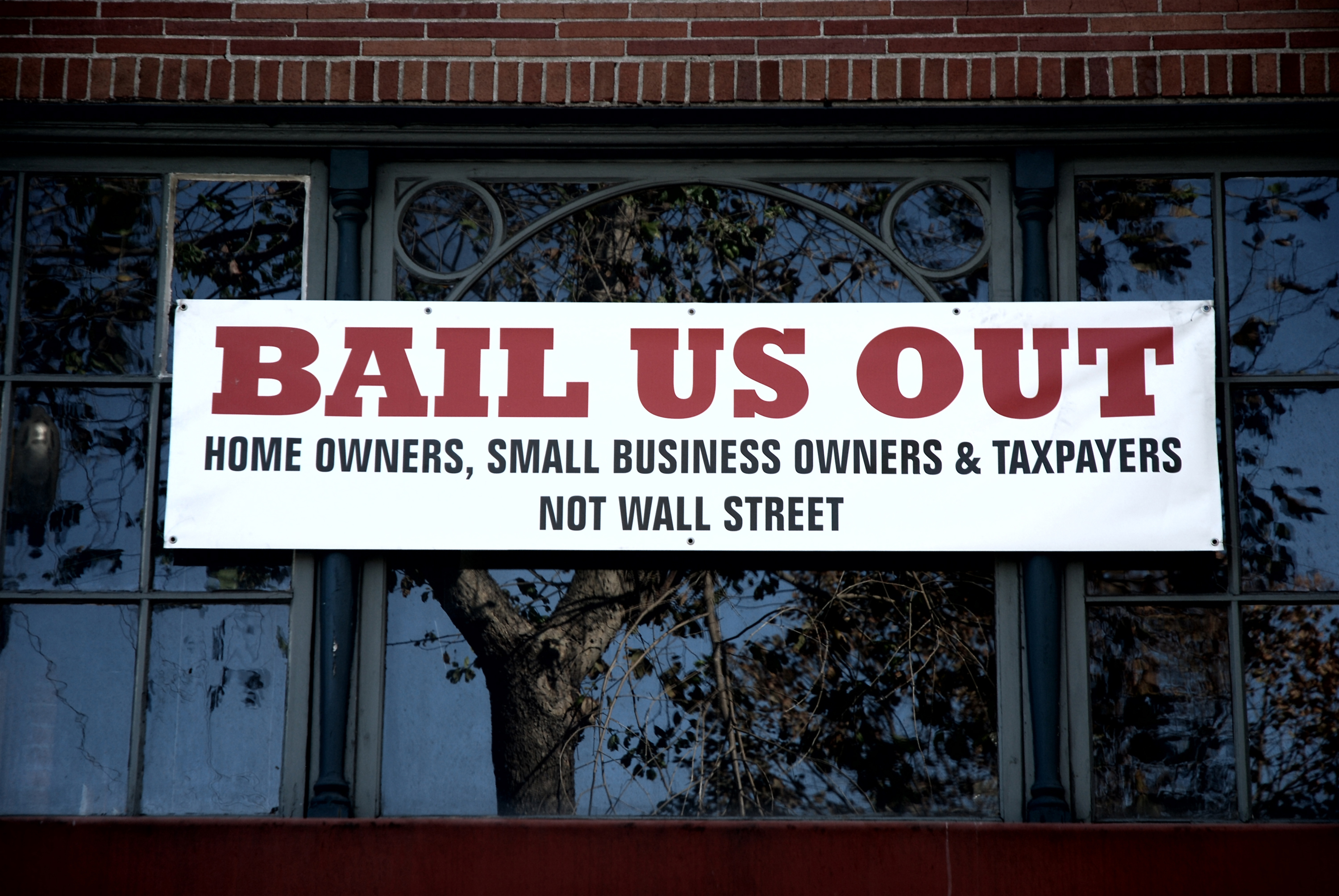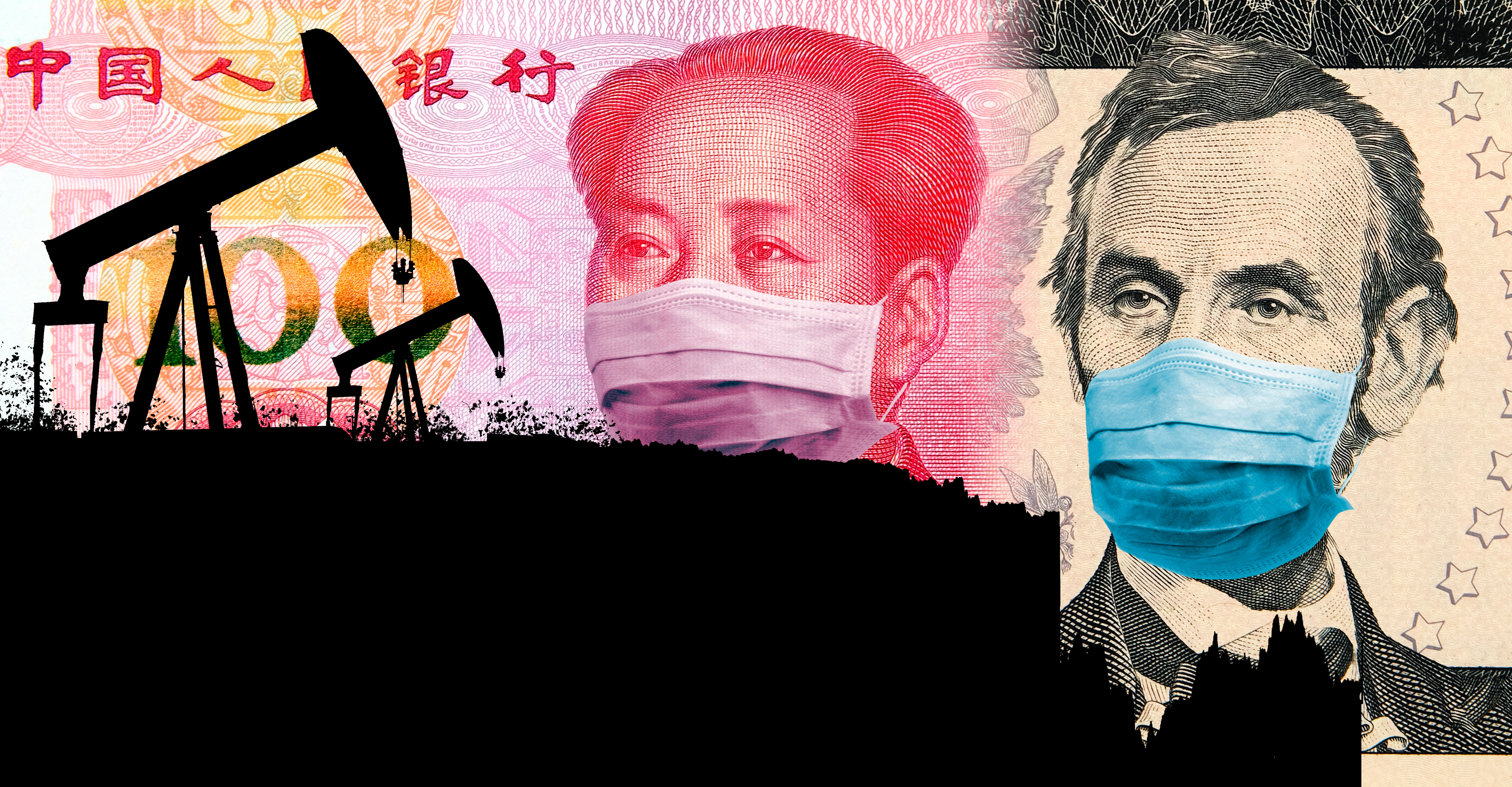By the time of the 2008 crash, oil prices had become unprecedentedly expensive. In the middle of 2008, a few months before the Lehman Brother’s bankruptcy, oil prices peaked at around $150 a barrel. Then, the situation brought those oil prices crashing down with the financial crash. But in order for there to be any possibility of economic recovery, such that there would not be a repeat of oil prices hitting the $150 mark, there had to be new production. There had to be new supply. And that came essentially, though not entirely, out of the United States, and it came out of shale oil production.
In the end, shale oil has meant that there is too much oil supply. Just because the United States wanted to produce more oil did not mean that Saudi Arabia and Russia, the other two large oil producers, were going to produce less. Intense competition began to take shape between the three large oil producers. Obviously, the United States, Saudi Arabia and Russia have incredibly complex geopolitical relations with each other. On top of this, they now have oil production rivalry.
Because of how Saudi Arabia in particular reacted to shale oil, from 2014, oil prices change from being much too high for consumers – which is what they had been up to 2008 – to being too low for producers. It became too difficult for the shale oil companies to make a profit. And it became difficult for Saudi Arabia to maintain its levels of state expenditure in the way it supports its population by oil revenues. Venezuela, as a medium-sized oil producer with a lot of reserves, was the biggest casualty in 2014 of the fact that oil prices became too low for producers.



